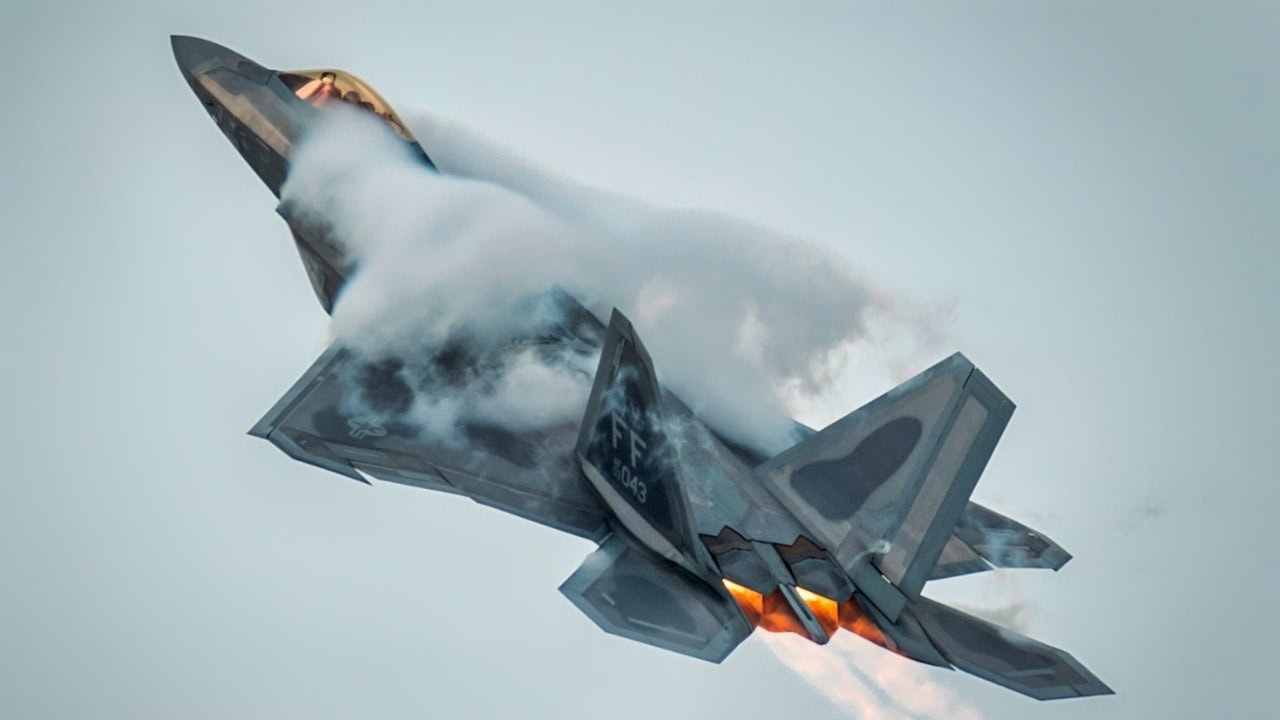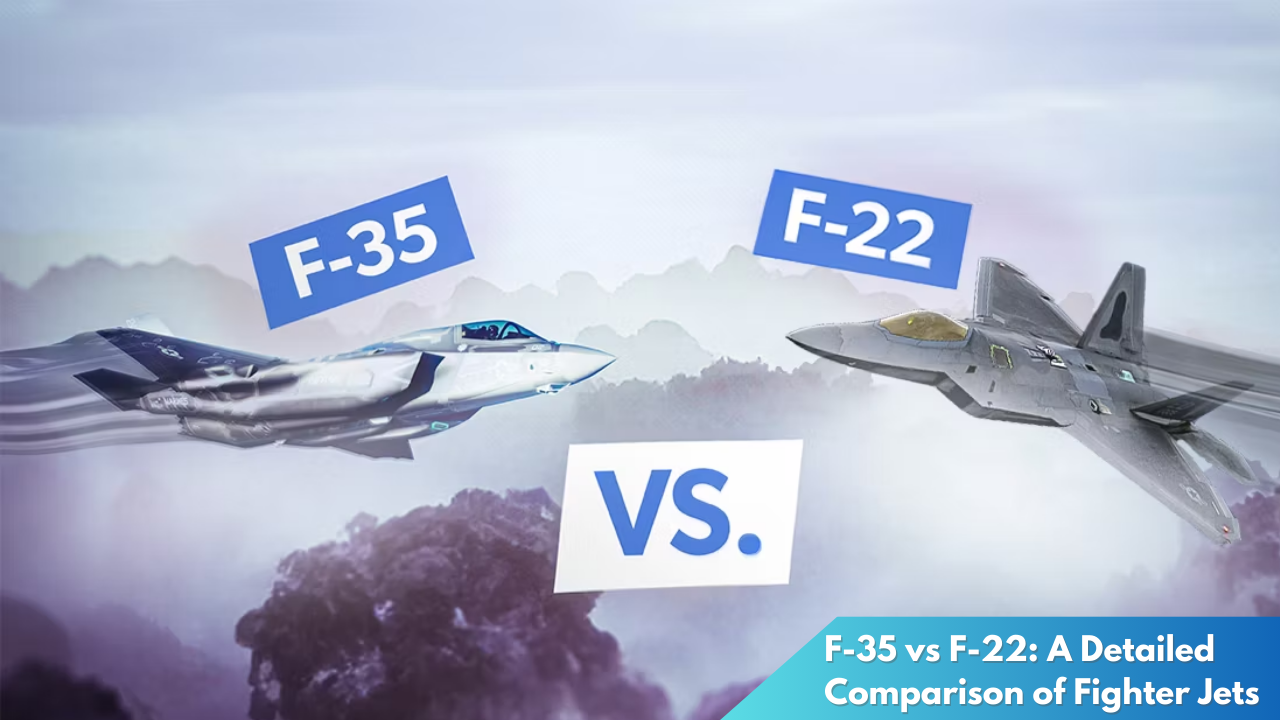F-35 vs F-22: A Detailed Comparison of Fighter Jets
The comparison between the F-35 Lightning II and the F-22 Raptor often ignites passionate discussions among aviation enthusiasts, military strategists, and defense analysts. As two of the most advanced fighter jets in the world, both aircraft represent significant leaps in technology and capability. However, each has been designed with distinct objectives and operational contexts in mind, making direct comparisons complex. This article delves into their capabilities, performance, technology, and versatility to provide a comprehensive understanding of what sets them apart.
F-35 vs F-22: Evaluating Modern Fighter Jet Capabilities

The F-35 Lightning II and the F-22 Raptor are both products of Lockheed Martin, but they serve different roles within the United States military. The F-35, known for its multirole capabilities, is designed to perform a wide array of missions including air-to-ground strikes, reconnaissance, and electronic warfare. This versatility is a key differentiator, allowing the F-35 to integrate seamlessly into various operational scenarios across the globe. In contrast, the F-22 is primarily a superiority fighter, optimized for air dominance and excelling in stealth and speed to outmaneuver adversaries in aerial combat.
Stealth technology is a common feature of both jets, yet the F-22 has the edge in this area, being one of the stealthiest aircraft ever built. Its design minimizes radar cross-section, making it exceptionally difficult to detect. The F-35 also boasts stealth capabilities, though it is slightly more visible due to its multirole configuration. This trade-off is a result of the F-35’s broader mission scope, which requires compromises in design to accommodate different systems and payloads.
In terms of armament, the F-22 can carry a mix of air-to-air and air-to-ground missiles, but its primary loadout is geared towards achieving air superiority. The F-35, meanwhile, is equipped to handle a diverse range of weapons, enabling it to engage targets across various domains. This flexibility is enhanced by its ability to operate from aircraft carriers and short takeoff and vertical landing (STOVL) platforms, which the F-22 cannot do. These distinctions highlight the divergent paths taken in their development to meet specific strategic demands.
Analyzing Performance, Technology, and Versatility

Performance metrics such as speed, agility, and altitude capabilities also differentiate the F-22 and F-35. The F-22 is faster, capable of supercruise—a sustained supersonic flight without afterburners. Its agility in dogfighting scenarios is unmatched, thanks to its thrust-vectoring nozzles and advanced flight control systems. The F-35, while not as fast, compensates with sophisticated avionics and sensor systems that enhance its situational awareness and precision in multirole missions.
In terms of technology, both jets are equipped with cutting-edge systems. The F-35’s Distributed Aperture System (DAS) and advanced helmet-mounted display allow pilots unparalleled situational awareness. This technology is crucial for its role in complex, data-centric battlefields. The F-22’s avionics, while slightly older, remain formidable, focusing on stealth and superior radar capabilities to detect and track targets at long ranges before engaging.
Versatility is where the F-35 truly shines. Designed as a joint strike fighter, it is capable of operating in a variety of roles with ease. Its adaptability is a testament to the global nature of modern warfare, where flexibility and the ability to integrate with allied forces are essential. The F-22, with its specialized focus on air superiority, is less versatile but unmatched in its niche. These differences underscore the complementary roles both jets play in modern air strategy, each enhancing the other’s strengths in the broader context of airpower.
The F-35 and F-22, while both products of modern aviation innovation, represent two distinct philosophies in fighter jet design. The F-22, with its unparalleled stealth and air dominance capabilities, remains the pinnacle of aerial combat prowess. Conversely, the F-35’s multirole versatility makes it an essential asset in today’s diverse and interconnected battlefields. Understanding these differences is crucial as nations continue to invest in and deploy advanced air assets to maintain strategic advantages. As technology evolves, so too will these aircraft, further blurring the lines between specialized roles and multirole capabilities in the pursuit of air superiority.



